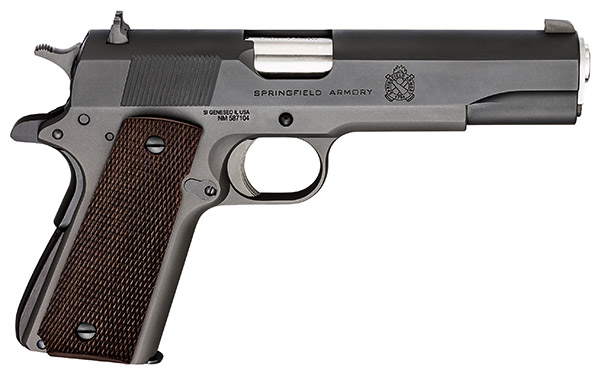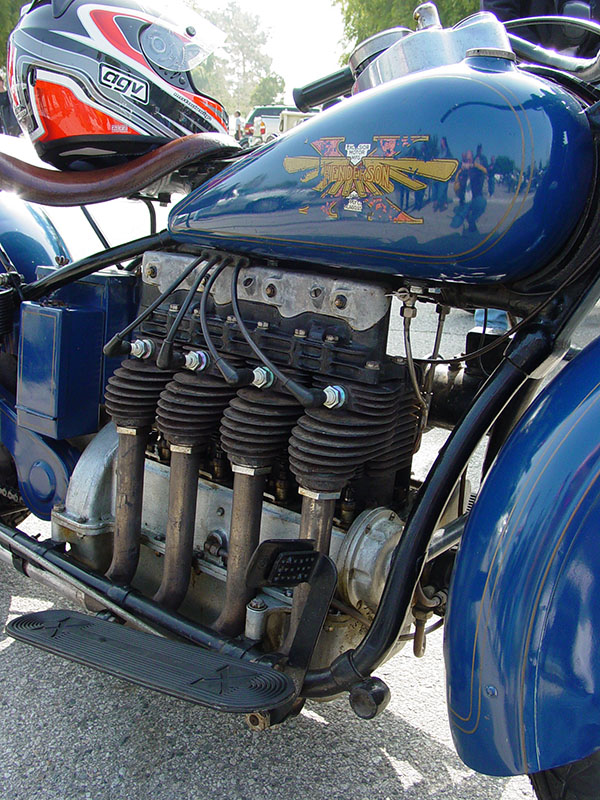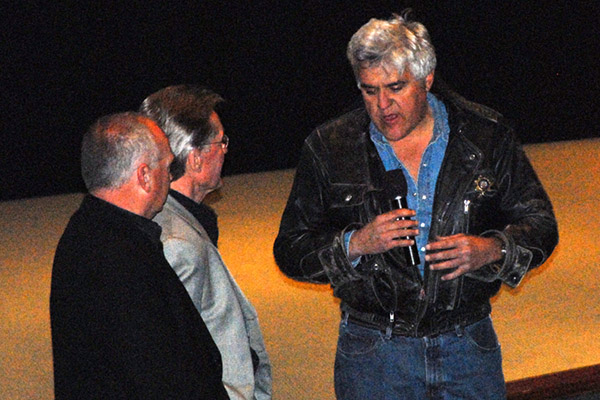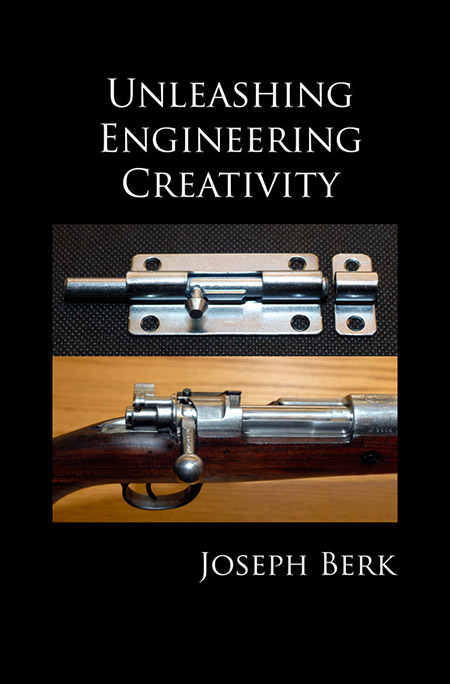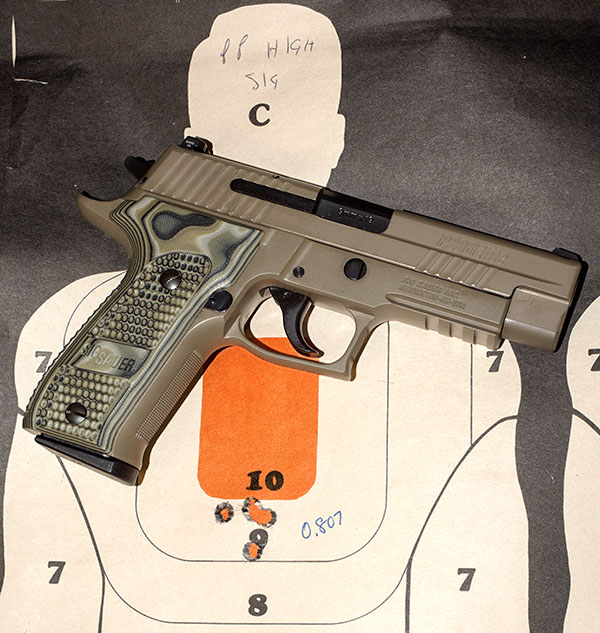
This is Part I of the promised 9mm comparo, and after thinking about it for a bit, I thought I would focus on the cast bullet loads in the first installment, and then move on to the jacketed bullet loads in the next one (that will come a little later). There are a lot of ways I could have organized the comparo; this one made the most sense to me. There’s a lot of information here and I didn’t want it to be overwhelming. It also involves a lot of shooting (about a half day’s worth with just the cast bullets), and I wanted to clean the pistols after shooting the cast bullet loads before moving on to the jacketed loads.
I used three 9mm handguns for this test: A former police-issue Model 659 Smith and Wesson, a Springfield Armory 1911 Target, and a SIG P226 Scorpion. Let’s start with a few words about each.
Keep us in clover…please click on the popup ads!
The 659 S&W is a gun that’s been featured on the ExNotes blog before. It’s a police department trade-in that was manufactured in the 1980s. My good buddy Tom gave me a great deal on it, I refinished the brushed stainless steel slide and frame, I fixed the decocker (it wasn’t dropping the hammer when the safety was actuated), and I’ve been shooting it a lot in the last few months. My gun has Pachmayr checkered rubber grips (which I like a lot). It is a heavy gun at 40 ounces, mostly because it has a steel frame (many 9mm handguns have a polymer or aluminum frame).
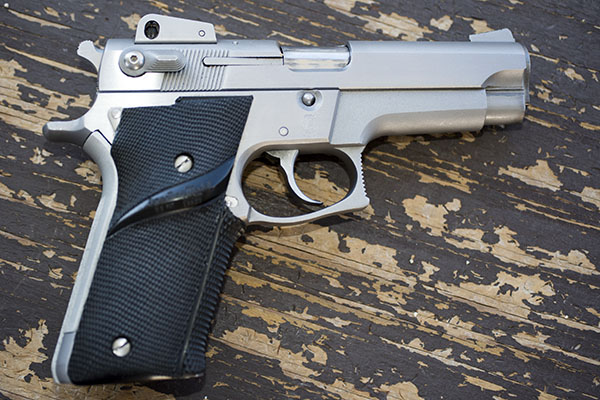
I like the 659. Like I said above, it’s heavy (but that means it’s steady) and it seems to shoot everything well. What do I not like about it? It needs to be kept clean behind the extractor, or it will sometimes fail to fully extract and eject a fired cartridge. That’s due to the nature of the extractor, which is a hinged arm. When grit or powder reside gets behind the aft portion of the extractor, it can’t pivot and it doesn’t pull the cartridge all the way out so that it can be ejected. I think the squared-off trigger guard is goofy. I never wrap my left hand around the front of the trigger guard and I prefer the look of a rounded trigger guard. Like most double-action/single-action semi-auto handguns, this 659 has the Joe Biden trigger (it’s kind of creepy). The front sight is unfinished stainless steel, so it is hard to see on the target (I paint the front sight on my 659 flat black so I can get a good sight picture). The Pachmayr grips add to the 659’s bulky grip design, but they also allow a secure hold.
That’s a lot of bitching, I suppose, especially when it’s directed at a handgun I enjoy shooting enormously. None of the above would keep me from buying a 659 (and none of the above kept me from buying this one). I like my 659. If you get an opportunity to buy one and the price is right for you, take it from a guy who knows: You won’t regret pulling the trigger (literally and figuratively) on a used Model 659. That’s if you can even find one. The police departments have all traded them in, Smith and Wesson stopped making these guns decades ago, and the supply is drying up.
The next one up is a Springfield Armory Target model 9mm 1911. As handguns go, it doesn’t get any better than the 1911 (or so I thought up until this test, but more on that later), and having a 1911 chambered in 9mm seems to me to be a good idea.
Springfield Armory changed the name on this gun. It used to be called the “Loaded” model (as in loaded with all the options, including target sights and hand fitting here in the US), but they later changed the name to the Target model. That’s good. “Loaded” makes it sound like the gun is a stoner (i.e., a doper, not the weapons designer).
I’ve had my 9mm 1911 for about 5 years (I bought it new from my good buddy Brian at Bullet Barn Guns). I knew it was accurate, but I had not really played with it that much to find out what loads it liked best.
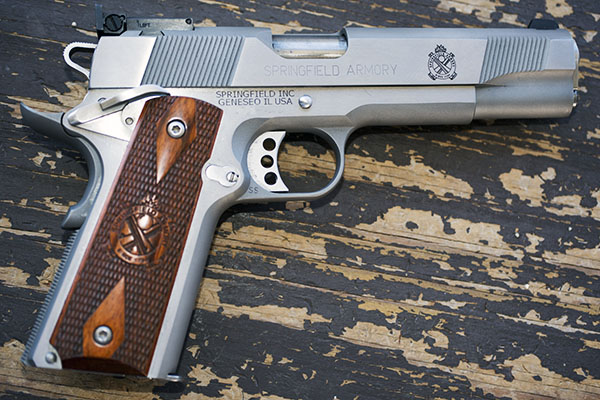
There’s not too much to dislike about the Springfield Armory 1911. Springfield makes a quality gun. The fit and finish on mine are superb. One thing I’ve noticed is that it has a tight chamber, and ammo loaded on a progressive reloader is prone to sometimes jam if the cartridge isn’t perfect (unlike the 659, which feeds anything). That doesn’t bother me because I load everything on a single-stage RCBS Rockchucker these days. I don’t need the speed of a progressive reloader, and my ammo quality and accuracy are better when I load on a single-stage press. The trigger on my 1911 is superb, as is the case on nearly every 1911 I’ve ever shot. I think that as 1911s go, Springfield Armory is one of the best. I’ve owned and shot several of them. They are accurate and they hold up well. Fit and finish are top drawer, too, on every Springfield Armory 1911 I’ve ever seen. It’s just a beautiful 1911.
The third handgun for this test series is my recently-acquired SIG P226 Scorpion. This is the first SIG I’ve ever owned. I’d heard so many good things about SIG handguns (and in particular, their accuracy) that I thought I would take the plunge and buy one. I bought mine at Turner’s here in southern California.
So how do I like the SIG? In a word, it’s awesome. I like the look of the Cerakote finish and the SIG grips, and gun just feels right in my hand. The grips fit like a glove, and the grip texture works. It is one seriously good-looking and good-handling handgun.
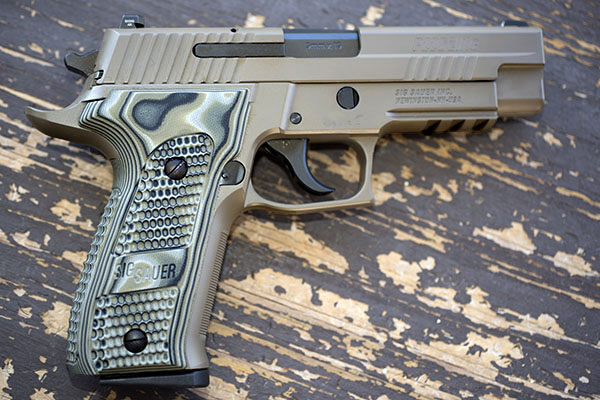
The SIG is the only pistol used in this test that does not have adjustable sights. The SIG literature told me they offer sights of different heights, and the rear sight can be drifted left or right in its dovetail, but none of that was necessary on my gun. My SIG shoots exactly to its point of aim at 50 feet (take a look at that target at the top of this blog again).
Speaking of sights, the SIG has what is evidently a fairly expensive set of Tritium sights that glow in the dark (I think they are about a hundred bucks if you buy them separately). The glow is not like the lume of a watch dial; instead, they have something else going on that makes them light up at night. You can see that in this photo I took in the dark:

I think the Tritium sights are kind of a Gee-Whiz deal, and I don’t think I need them. I’m an old guy and I shoot targets when I can see what I’m shooting at. If I was a lot younger and I was running around in a white Ferrari with Miami Vice music playing while chasing bad guys at night, maybe Tritium sights would do it for me. But even under those conditions, it would still be dark and I wouldn’t be able to see my target. I think the Tritium sights are gimmicky, and the little lenses (or whatever they are) for the Tritium inserts are distracting. Plain black sights work best for me. Your mileage may vary.
So, on to the main attraction: The 9mm loads and how they performed in each of the three handguns. I loaded everything for this first 9mm test series with a bullet I’ve known and loved for 50 years, and that’s the 124-grain cast roundnose. My particular flavor these days are the pills from Missouri Bullets. At $33 for a box of 500, they are inexpensive and the quality is good. A roundnose configuration bullet feeds well in just about any gun. Yeah, I know there are other cast bullet configurations and other cast bullet weights. I’ve always had my best results with the 124-grain bullets, though, and that’s what I used for this test.
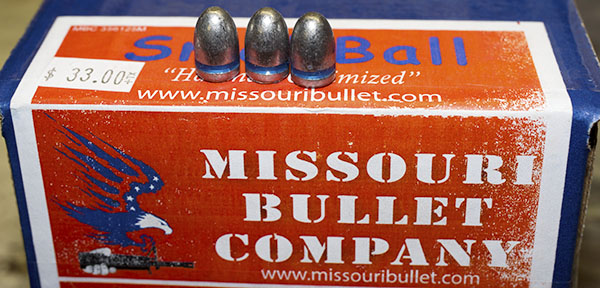
I tested with four different propellants: Bullseye, Unique, 231, and Power Pistol. For the 231 and Power Pistol loads, I loaded near the lower end of the recommended charge range for one test set, and I loaded another test set near the upper end of the recommended charge range. With Unique, they were all loaded with 5.0 grains, which is a max charge in most reloading manuals. I had a bunch of these already loaded, and I knew from a past life that this was an accurate load. I tried one load with Bullseye, too. I had a box of 50 loaded and I grabbed those as I headed to the range a few days ago. I used Remington small pistol primers for everything, and I used several different brands of brass, but I used the same kind of brass for each load. Cartridge overall length was 1.112 inches for all loads.
All loads were handheld at a distance of 50 feet. I shot two 5-shot groups with each load. I didn’t use a machine rest or a chronograph because I have neither. I shot from the bench, resting my arms (but not the gun) on the bench. Yes, a lot of the variability you see in the chart below is due to me. Hey, I’m what you get. My intent was to get an idea what worked best in each of these guns, and I think I succeeded.
That’s the background. Here are the results:

Clearly, the SIG is the most accurate of the three handguns. What I’d read and heard about SIG’s performance is true. Some of the SIG groups were amazing, putting 5-shots into under an inch at 50 feet. That’s about as good as I’ve ever done.
While the SIG was accurate with Winchester’s 231 propellant, the gun didn’t like it. On both of the 3.4 grain loads, the slide went forward after the last round (it didn’t lock open), and it did it again on one of the 3.9 grain magazines. While the 231 loads had enough poop to cycle the action, it wasn’t running the slide far enough back to lock open on the last round. This powder also did that on one of the Springfield Armory 1911 tests. Interestingly, the Smith and Wesson 659 worked okay with both the upper and lower 231 loads. These were light loads (I could see the slide moving back and forth with each shot, and it popped the brass out right next to the gun). My testing got me far enough along to decide Winchester 231 is not for me as a 9mm propellant.
The SIG really liked Power Pistol propellant, and from an accuracy perspective it performed similarly at both the low (5.0 grain) and high (5.5 grain) levels. There was perceptibly more recoil (but no pressure signs) with 5.5 grains of Power Pistol, so my load for the SIG with this bullet will be 5.0 grains. The SIG also did well with 5.0 grains of Unique. That’s a good thing, as I have a bunch of ammo loaded with this recipe. As I mentioned above, I found 5.0 grains of Unique did well in accuracy testing a long time ago, and it’s good to see this test supports those earlier findings. The 5.0 grains of Unique load also did very well in the Springfield 1911 (it was the Springfield’s most accurate load). With this load, the Springfield is as accurate as the SIG. But the SIG did well with all loads; the Springfield was pickier.
The 659 is a great gun, but from an accuracy perspective it can’t run with the big dogs. That’s okay; it’s still fun to shoot and I plan to continue shooting it a lot. And it only cost about a third what the others cost. Like I said earlier, if you get a chance to pick up a 659, don’t let it get away.
But that SIG. Wow!
So there you have it. Next up? I want to see how these same three pistols shoot jacketed bullets. Stay tuned.
One last comment…it’s time for the warnings and disclaimers. These are my loads in my guns. You should always consult a reloading manual published by one of the major sources (Hornady, Speer, Sierra, Lyman, Winchester, Alliant, you get the idea) and rely on the load data published there. Start low and work your way up, watching for any pressure signs along the way.
Help us keep the lights on: Please click on the popup ads!
See more Tales of the Gun here!
Don’t pay exorbitant range fees for targets. Buy online and get targets
delivered to your door like we do!
Looking for great deals on reloading equipment? Here you go!
Don’t miss a single ExNotes blog post!
Want to read a similar jacketed bullet test series with the same three 9mm handguns? It’s right here!

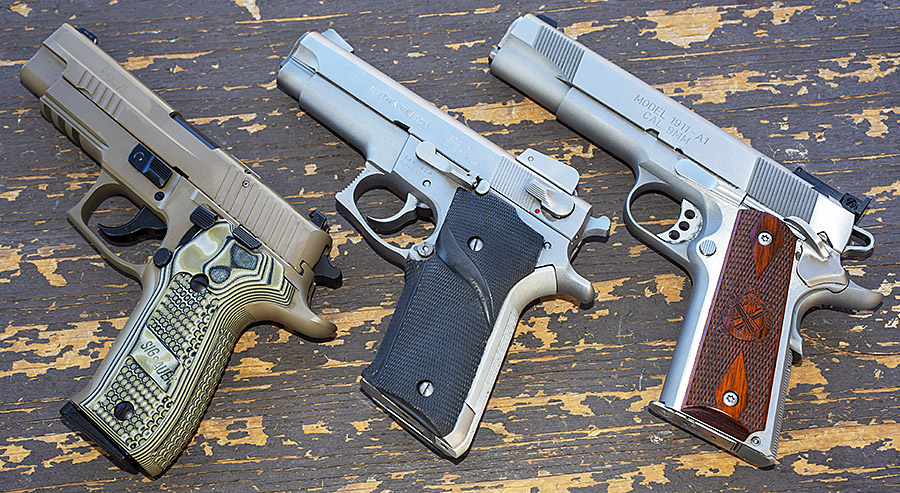

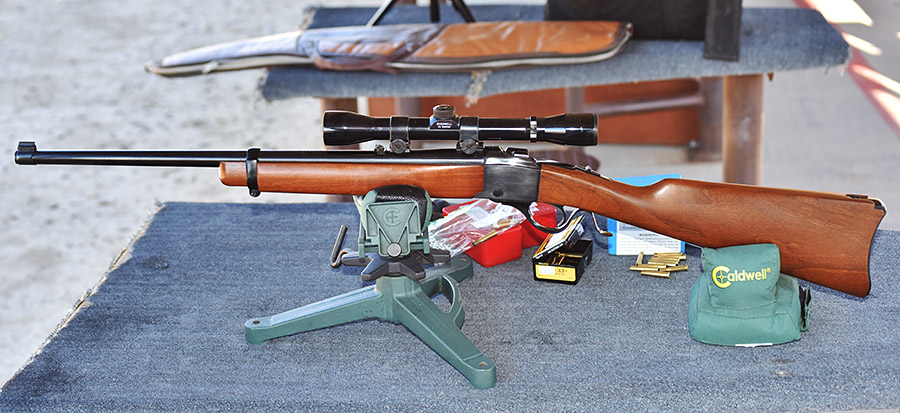
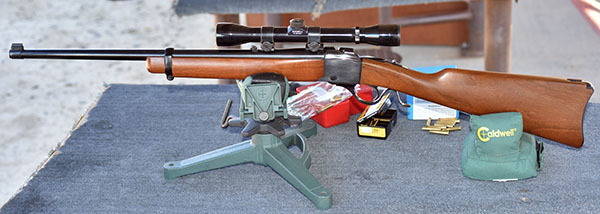
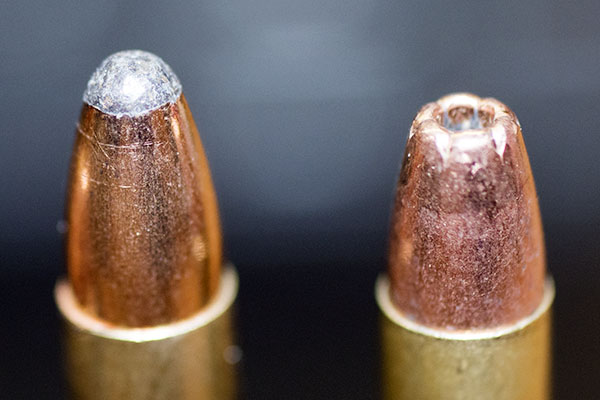
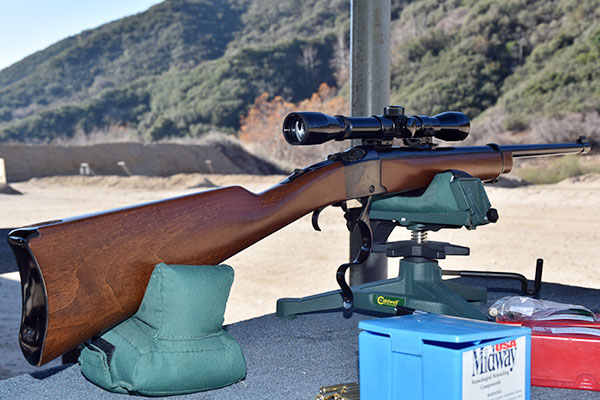
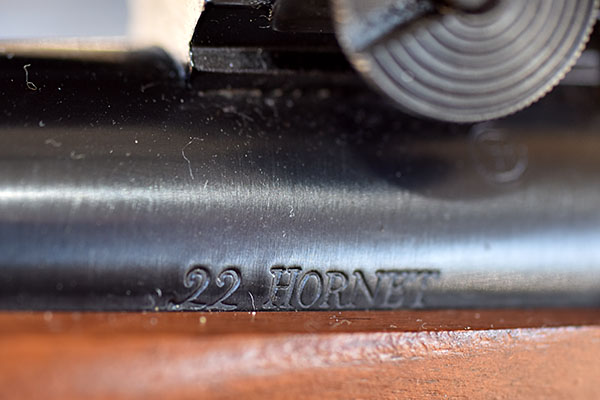
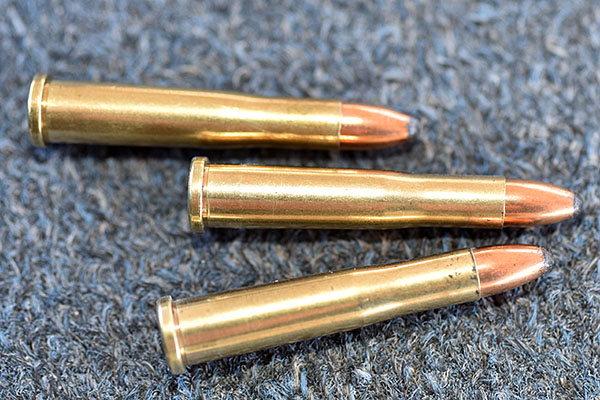
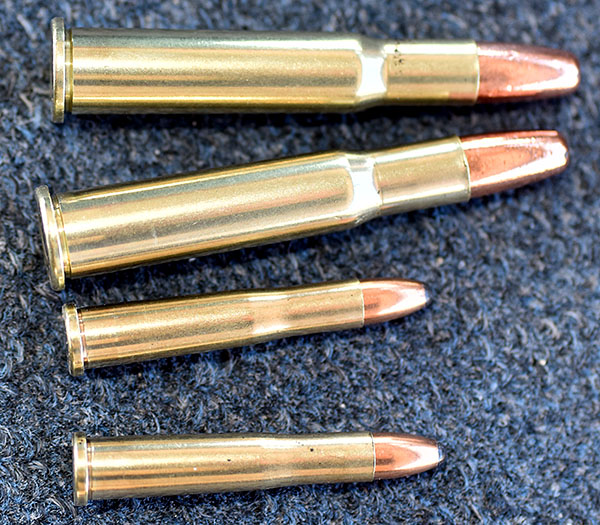
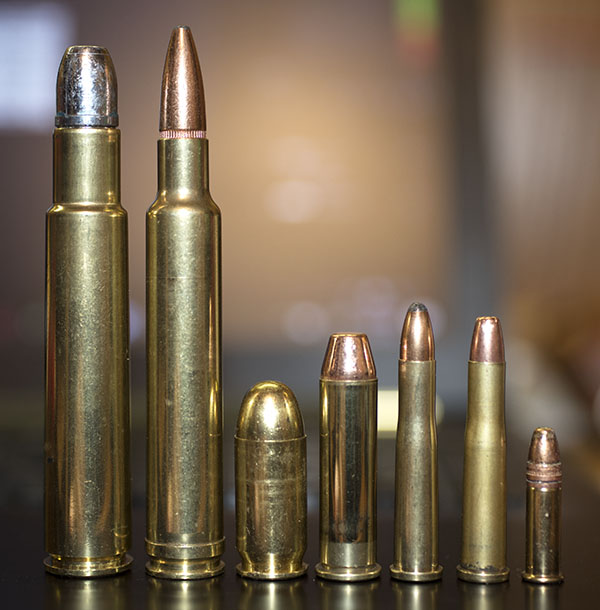

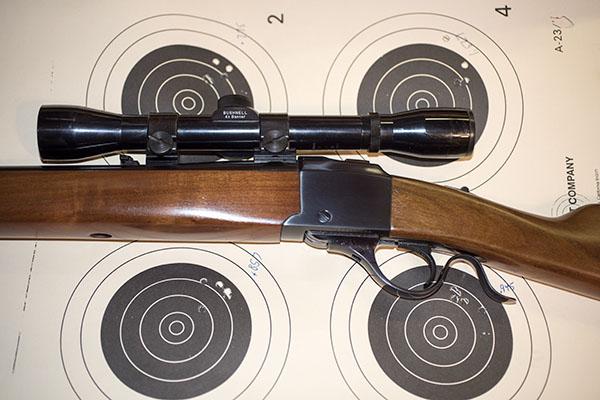
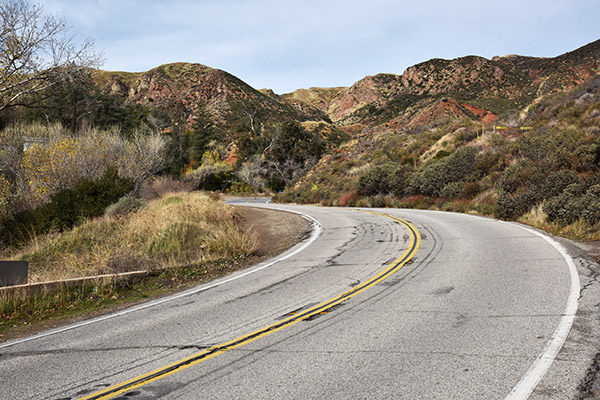
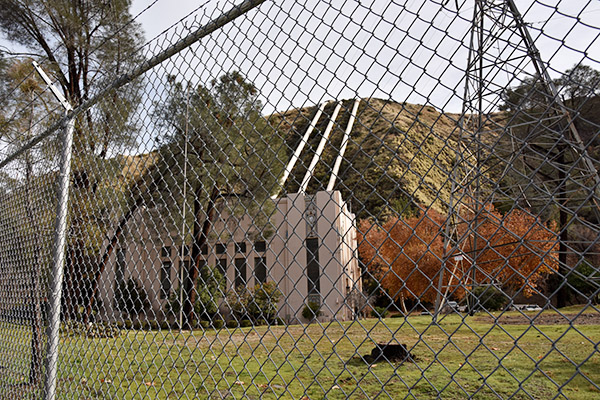
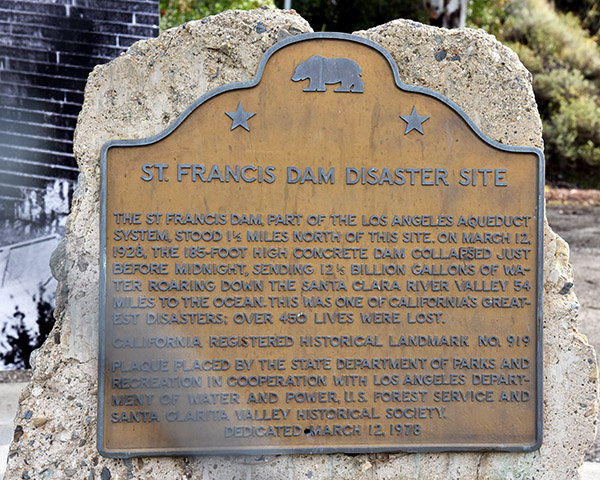
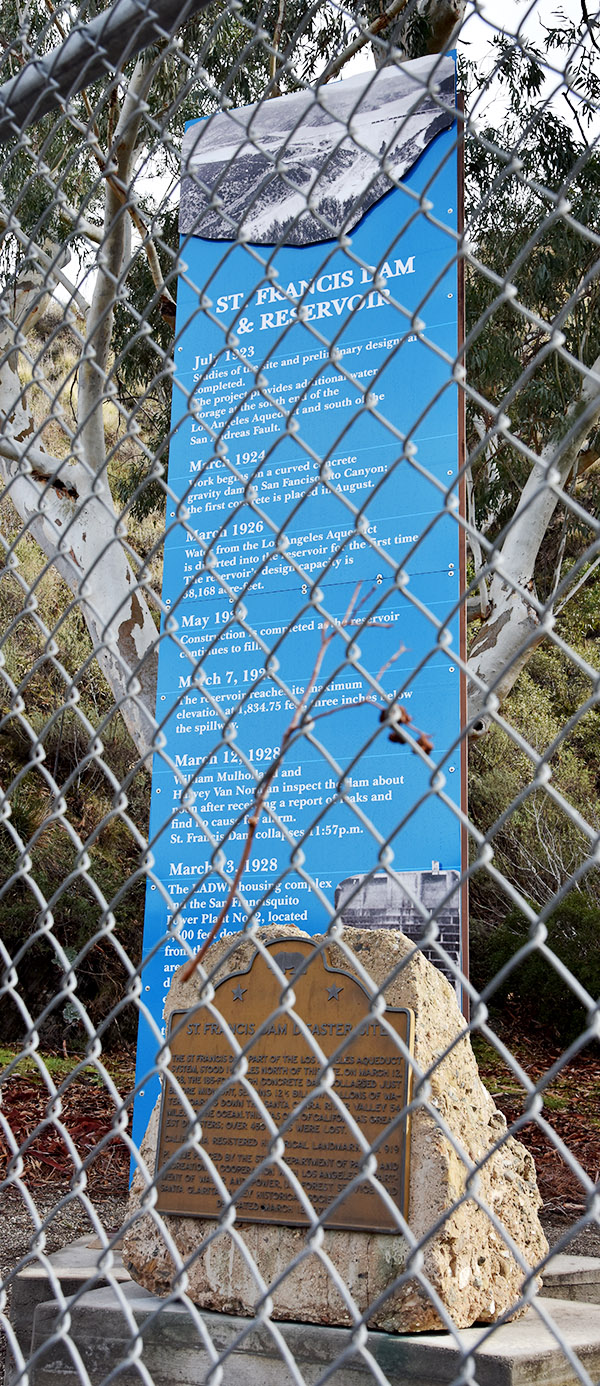
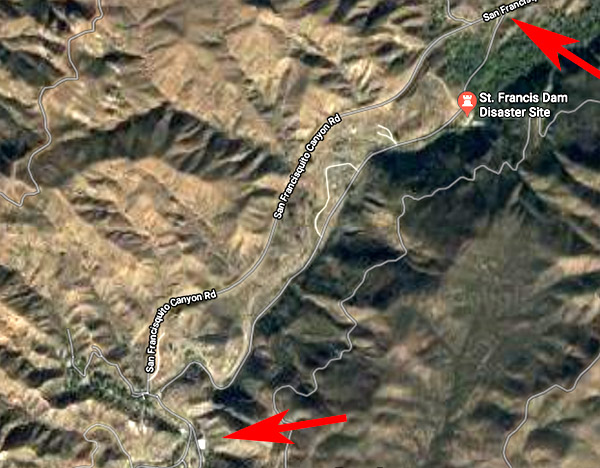
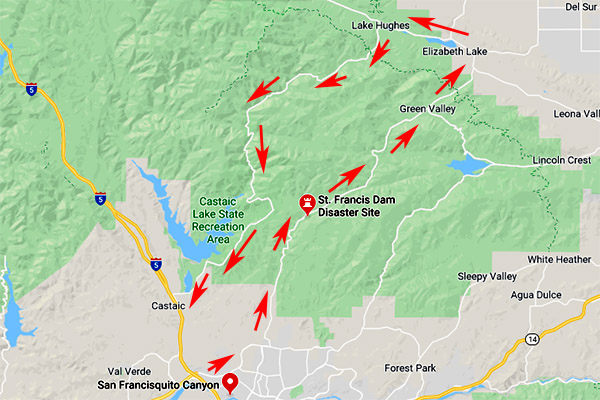
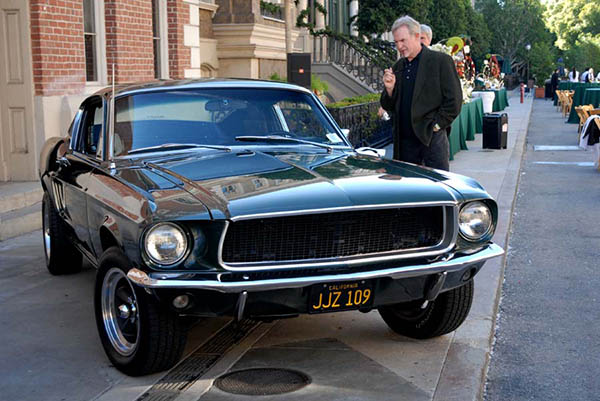
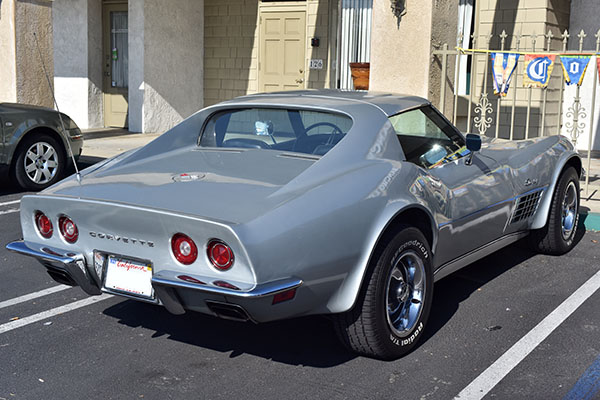
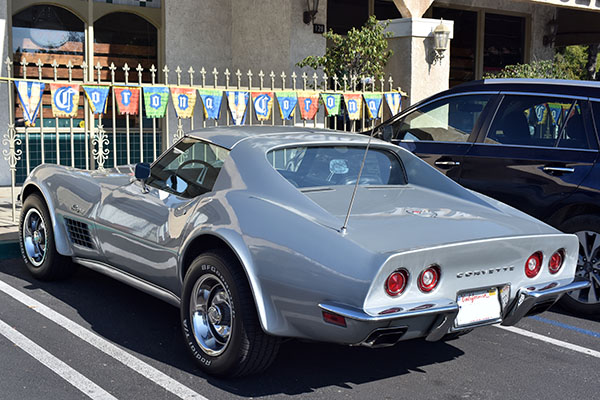 I love old Vettes, and I think the C3 body style is one of the best. I also like the C1, the C2, the C4, the C5, and well, you get the idea. I like Corvettes.
I love old Vettes, and I think the C3 body style is one of the best. I also like the C1, the C2, the C4, the C5, and well, you get the idea. I like Corvettes.